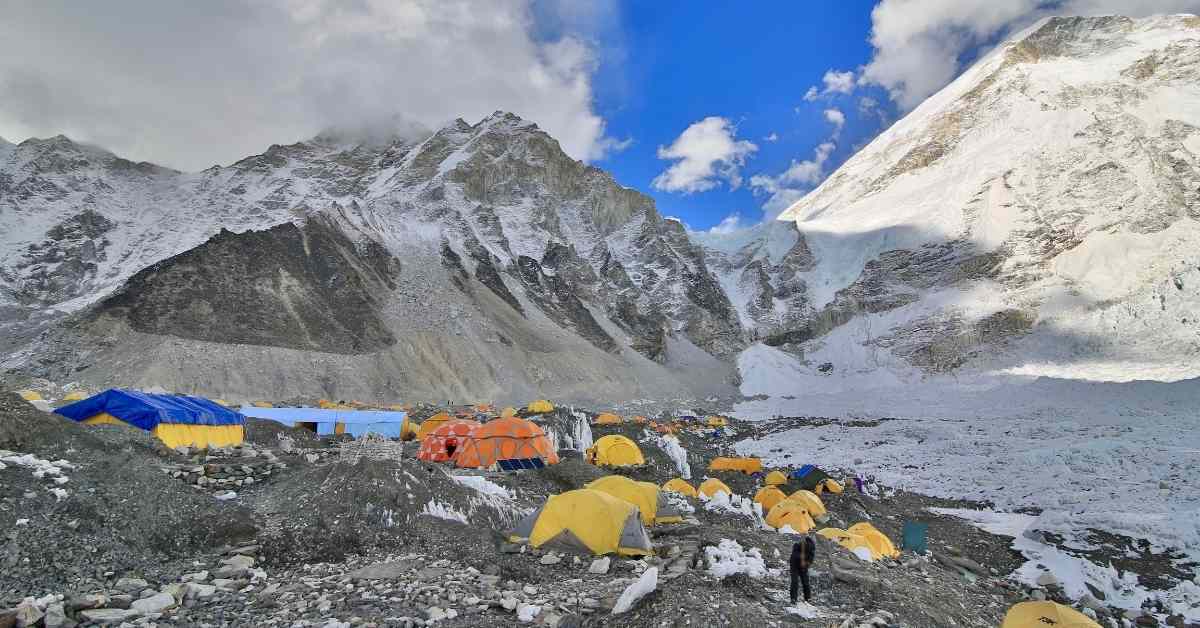
The Everest base camp trek is one of the most culturally rich outdoor experiences one can experience. This classic 11-day trek not only takes you the highest and the most famous base camp in the world but also has several interesting experiences to offer. Apart from walking amongst some of the highest mountains in the world, the famous Khumbu valley is home to some of the oldest monasteries in Nepal. Adventure Pulse over the last 10 years has conducted 50+ Everest base camp treks and at the end of every trek, the trekkers are not only filled with this great sense of achievement of having reached the highest base camp in the world but have had a fulfilling experience with the multiple attractions that this trail has to offer.
Having done the Everest Base camp trek over 18+ times personally and lived in the Khumbu valley for 8+ months, these are some of the exciting experiences you can have on the Everest Base camp trek :
The Tourist district of Thamel:
I often like to describe Thamel – “as the Goa of the mountains “, this will probably give you a good sense of the place. Thamel is the vibrant and colourful tourist district in Kathmandu and before you embark on your journey to the Everest base camp, its as if customary to spend a couple of days here. The district has over 1000+ trekking shops spread in an area of no more the 3sq kilometres and one can buy absolutely any kind of trekking related gear, clothing or accessory that would be required on the Everest base camp trek. Apart from being a trekkers shopping paradise, it has some of the best bars, lounges and restaurants that Kathmandu has to offer.
The narrow streets echo of live music every evening with bars full of trekkers either enjoying one last drink before they head to the mountains or celebrating their success after a trek. Thamel also has a wide range of hotels for tourists to stay making it one of the most popular tourist & party districts of Kathmandu.
The LUKLA flight:
After spending a day at Thamel, you would head to the domestic airport in Kathmandu to catch your early morning flight to Lukla. This undoubtedly will be one of the most adventurous flight you can ever undertake. This 30-minute flight navigates through high mountain passes of Nepal to land at one of the most dangerous airports in the world – Lukla. As a matter of fact, some documentaries on National Geographic and Discovery rate Lukla airport to be the most dangerous airport in the world. The Airstrip is on an incline and measures a mere 1729 feet in length and is located at an altitude of 9300 feet.
The aircraft that fly on this route are the small twin-propeller Dornier planes with a maximum capacity of 14 passengers. Cloudy weather & changing air pressure in the high mountains often makes the flight bumpy and the non-pressurized cabins in these small air crafts make the experience more real.

Namche Bazaar, The capital of the Khumbu region:
Day 2 of your Everest Base camp trek will take you to the famous Namche Bazaar at an altitude of 3400 mts. Namche Bazaar is possibly the most famous village in the Khumbu valley and has a range of things to offer to trekkers and climbers passing through it. ATM’s, pool parlours, Bakeries, Pubs, movie screenings and dozens of trekking shops make it a vibrant village that all trekkers to look forward to. After a long day of trekking and the arduous climb up to Namche Bazaar, it’s almost impossible to imagine the kind of things this place has to offer.
Majority of trekkers spend an extra acclimatization day at Namche which gives them enough time to enjoy the place and making it more memorable. Some personal favourites are the Highest Irish Pub, the Everest bakery and the Sherpa store for some good gear shopping.
Tengboche Monastery:
After being well rested on the acclimatization day at Namche bazaar, you will reach the famous Tengboche monastery on Day 4 of your Everest Base camp trek. The trail leading up to the monastery is long and steep, but the calm aura of this tiny holy monastery village will make you forget the exhaustion at once. The monastery is located at an altitude of 3800 mts and is about 100 years old, one of the oldest in Khumbu region. Unlike some other monasteries one may have visited, this is one of the few places which allows tourists to sit through and be part of the Prayer Ceremony at the monastery. This can be one of the most spiritually enriching experiences one can have in the Khumbu region.
The epic goes that most of the early Everest expedition through the 1930s & 1940s always useful to offer prayers at the monastery and the tradition till date continues. Samir & I have offered our prayers here before all three Everest expeditions for safe passage on the mountains. The monks at the Tengboche monastery are friendly and often love to interact with the trekkers after the prayer ceremony.
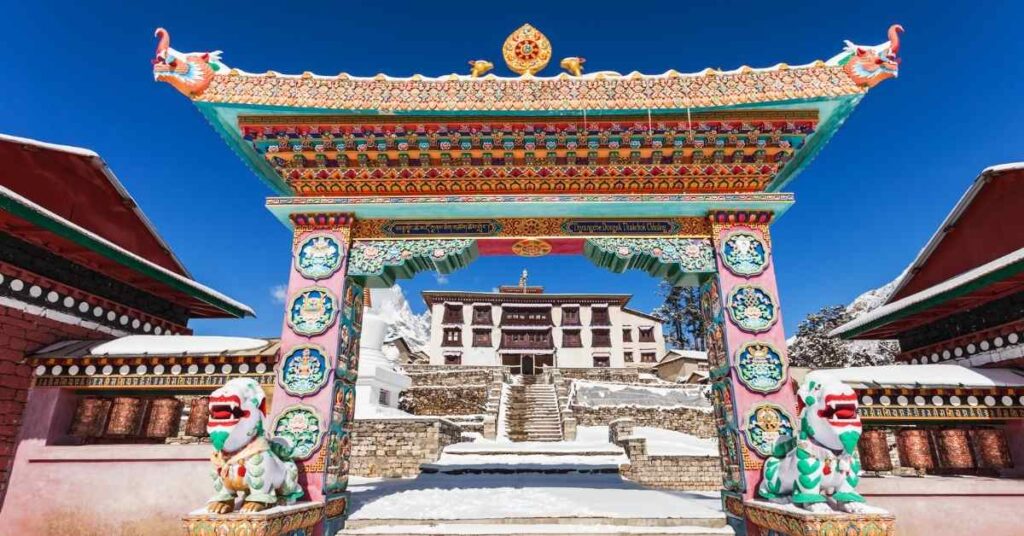
The memorials at Thukla Dhukla pass
Day 7 of the Everest base camp trek requires trekkers to climb the famous Thukla Dhukla pass located at 4800 mts. This is the only pass one has to cross on the entire Everest Base Camp route and leads to the tiny hamlet of Labuche, where trekkers spend a night before their final approach the base camp. The top of the pass has over 100 + memorials of climbers who have lost their lives while attempting to climb Mt Everest. This place is a stark reminder of the fact that how brutal can the mountains be at times. The silence and the strong winds at the top of the pass sometimes make it an unsettling experience with all the memorials around.
I personally always sit down at the top of the pass, absorb the cold and crisp mountain air and say a small prayer for all the brave men & women who lost their lives pursuing their dream in the mountains. Some famous memorials that can be seen here are Babu Chiri Sherpa, Scott Fisher and Anatoli Boukreev.
The Everest Base camp:
Finally after 8 days of some serious trekking and gaining about 2500 mts in altitude, you would reach your destination – the Everest base camp. The base camp to the highest mountain in the world located at 5400 meters ( about 17,600 feet). EBC during the climbing season ( March – April – May ) is a little city in itself. On an average there are upwards of 300 climbers attempting to climb Mt Everest and supporting them is a team of about 2-3 Sherpa’s for each climber. This makes the total number of people staying at the Everest base camp upwards of 900 during the season.
Each climbing team has a big camp set up which includes personal tents for sleeping, dining tents, Kitchen tents, Store tents and some fancy expeditions also have entertainment and communication tents. These tents can be seen as tiny little yellow and orange dots from a distance as they are hundreds of them. As a trekker, you can walk around the Everest Base camp, but are not allowed to spend a night at the camp, as only climbers who are attempting to climb either Everest, Lhotse or Nuptse with a valid climbing permit are allowed to stay at base camp. After spending some time here, trekkers walk back to the nearest set of tea houses located at Gorakhshep to spend the night.
Kalapatthar
Kala Patthar (literally meaning black rock) located at 5645 mts ( 18,500 feet) is a mountain adjacent to the tiny hamlet of Gorakshep and right below the majestic Pumori which is on the opposite side of Everest base camp. While crossing the long Moraine towards your final walk to the Everest base camp, Kalpatthar & Pumori will be on your immediate left and Nuptse, Lhotse and Mt. Everest will be on your right. What makes this mountain unique is that it offers you a chance to come closest to climbing and summiting a mountain within your itinerary, without spending any extra time or money.

The top of Kalapatthar has some of the most magnificent views of Mt Everest, better then what one can see through the entire journey of 8 days. You can see the entire route through the Khumbu Icefall, camp1, camp 2 and up to camp 3. A lot of trekkers are either exhausted or get complacent after reaching the Everest base camp the previous day and opt out of doing the climb to Kalapatthar, but having done it several times, the views are absolutely worth it. No doubt the climb is tough and very cold, but as they always say – “if you don’t climb the mountain, you don’t get the views”!

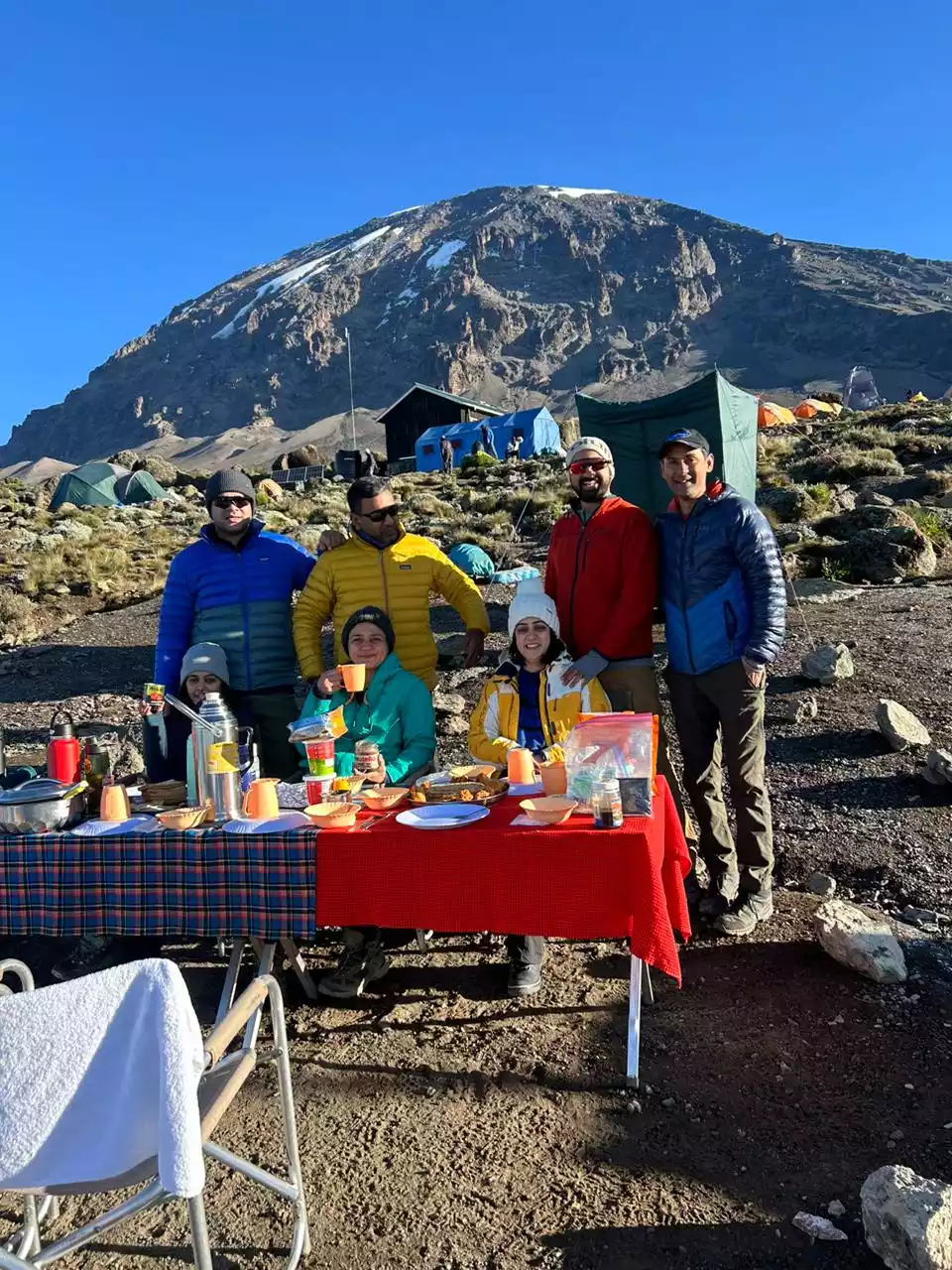

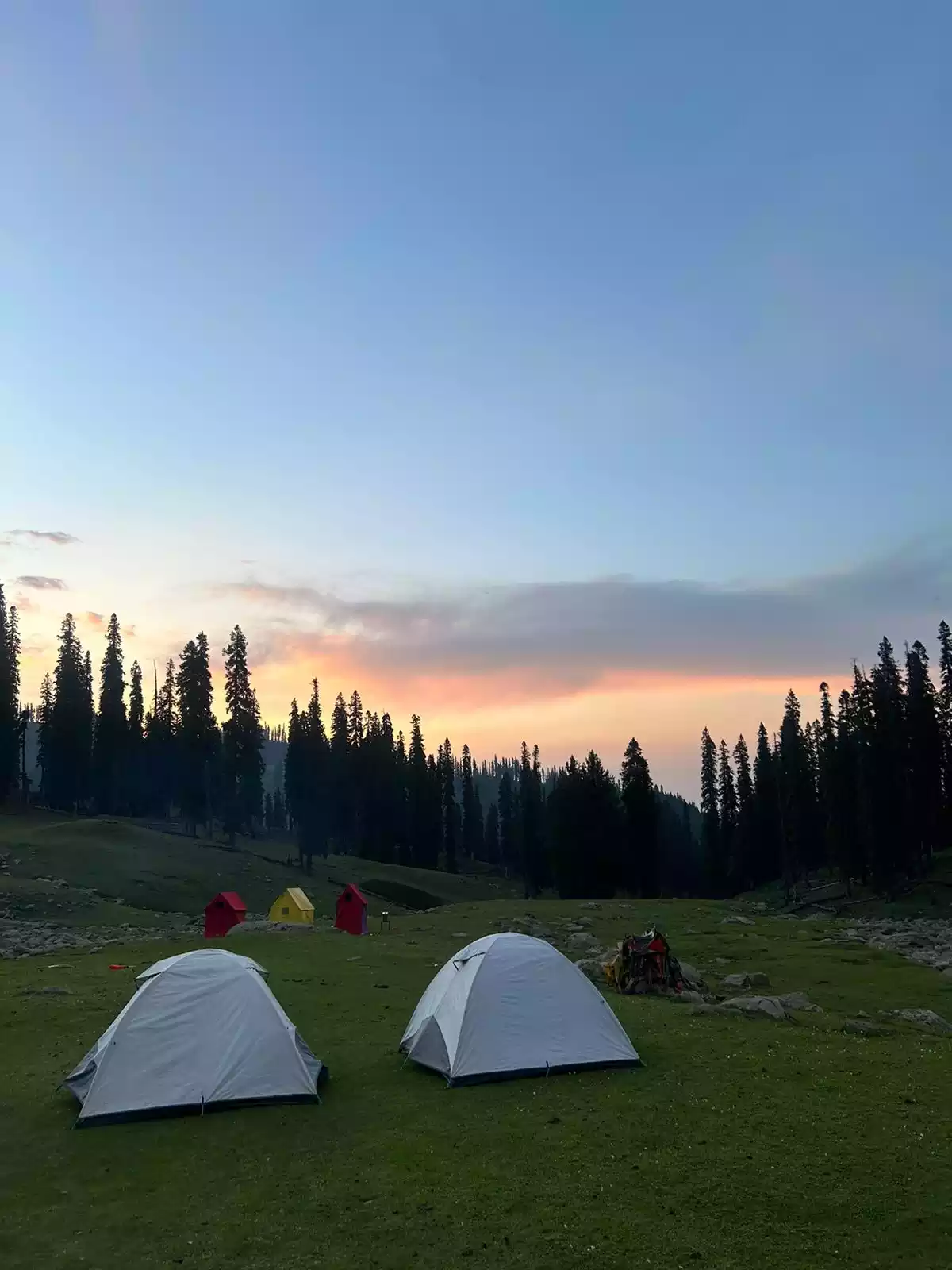
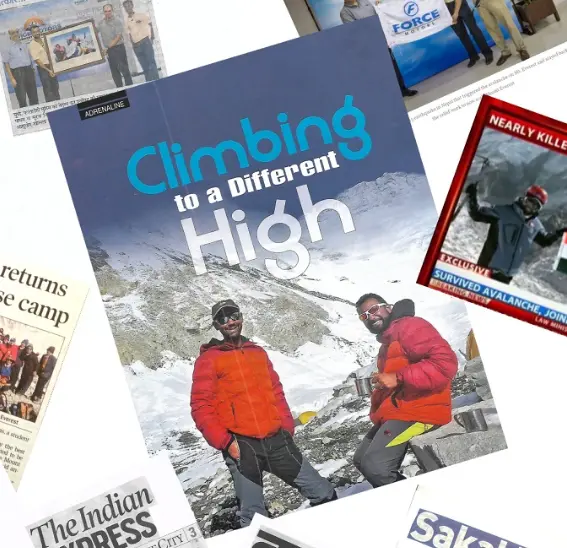
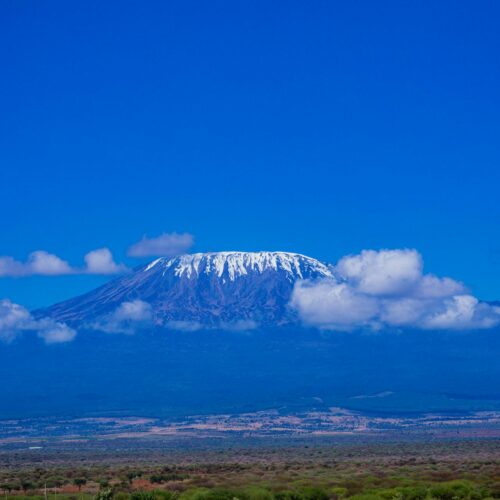

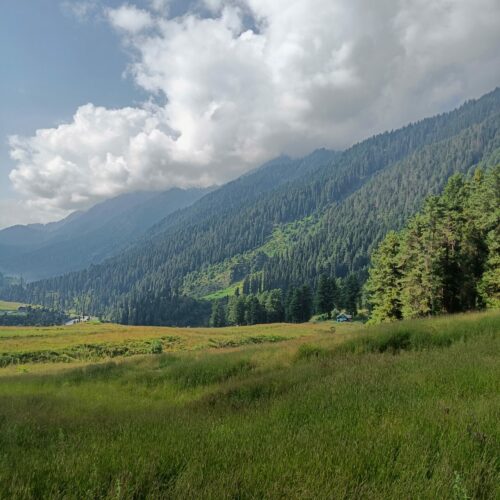



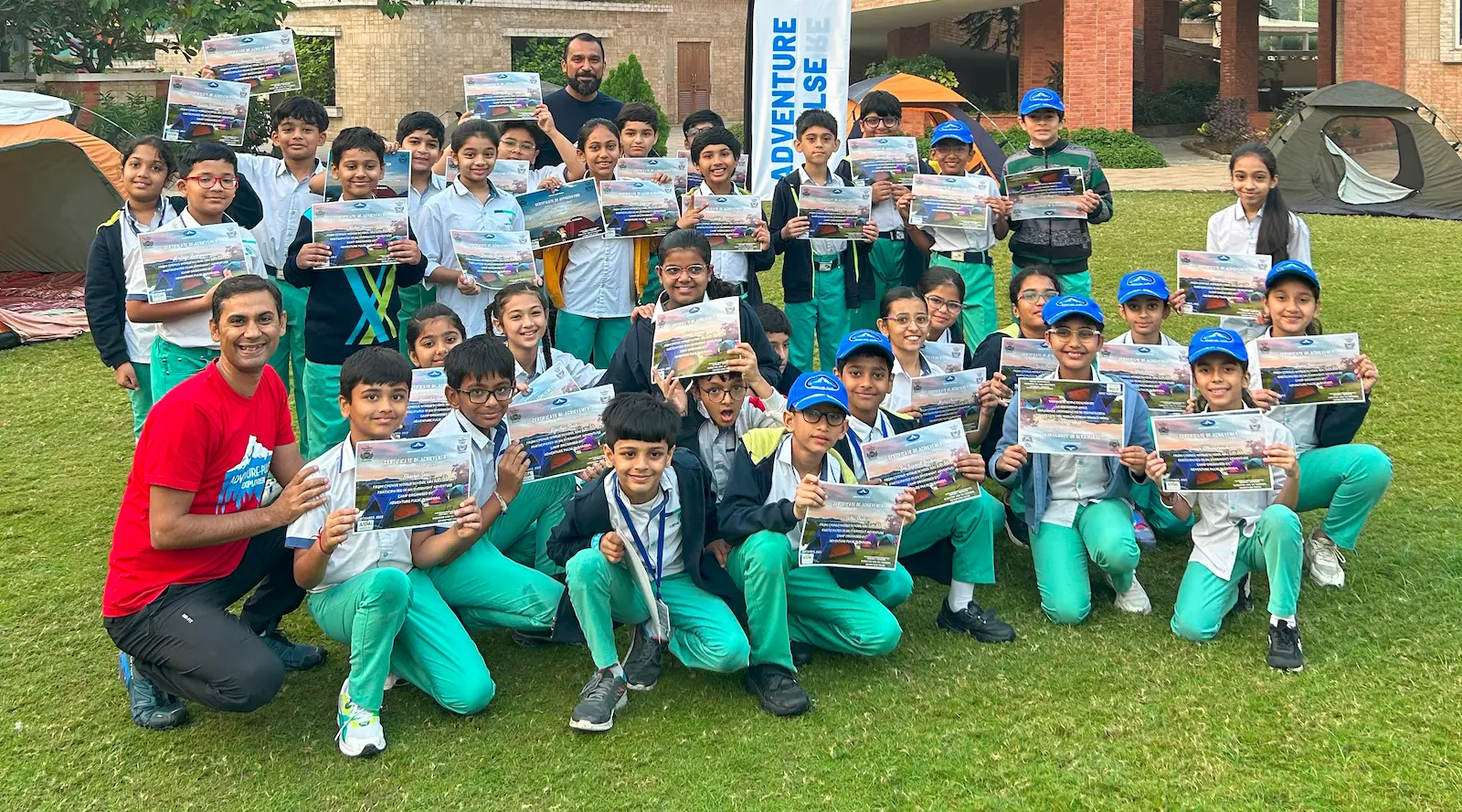

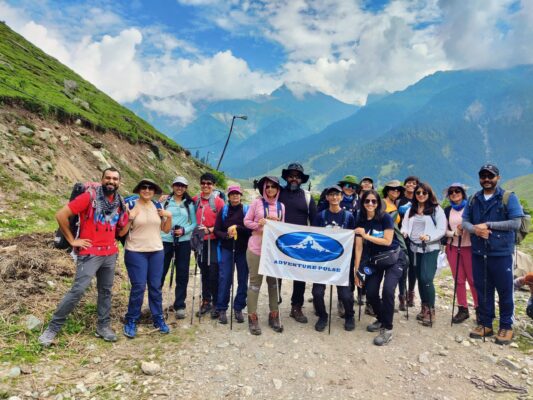
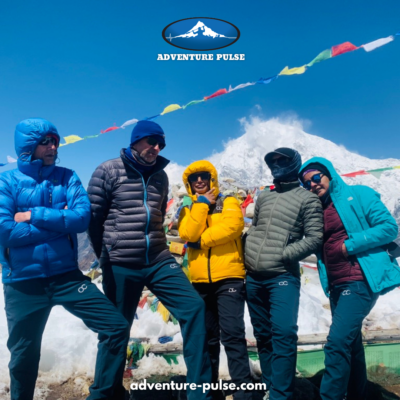
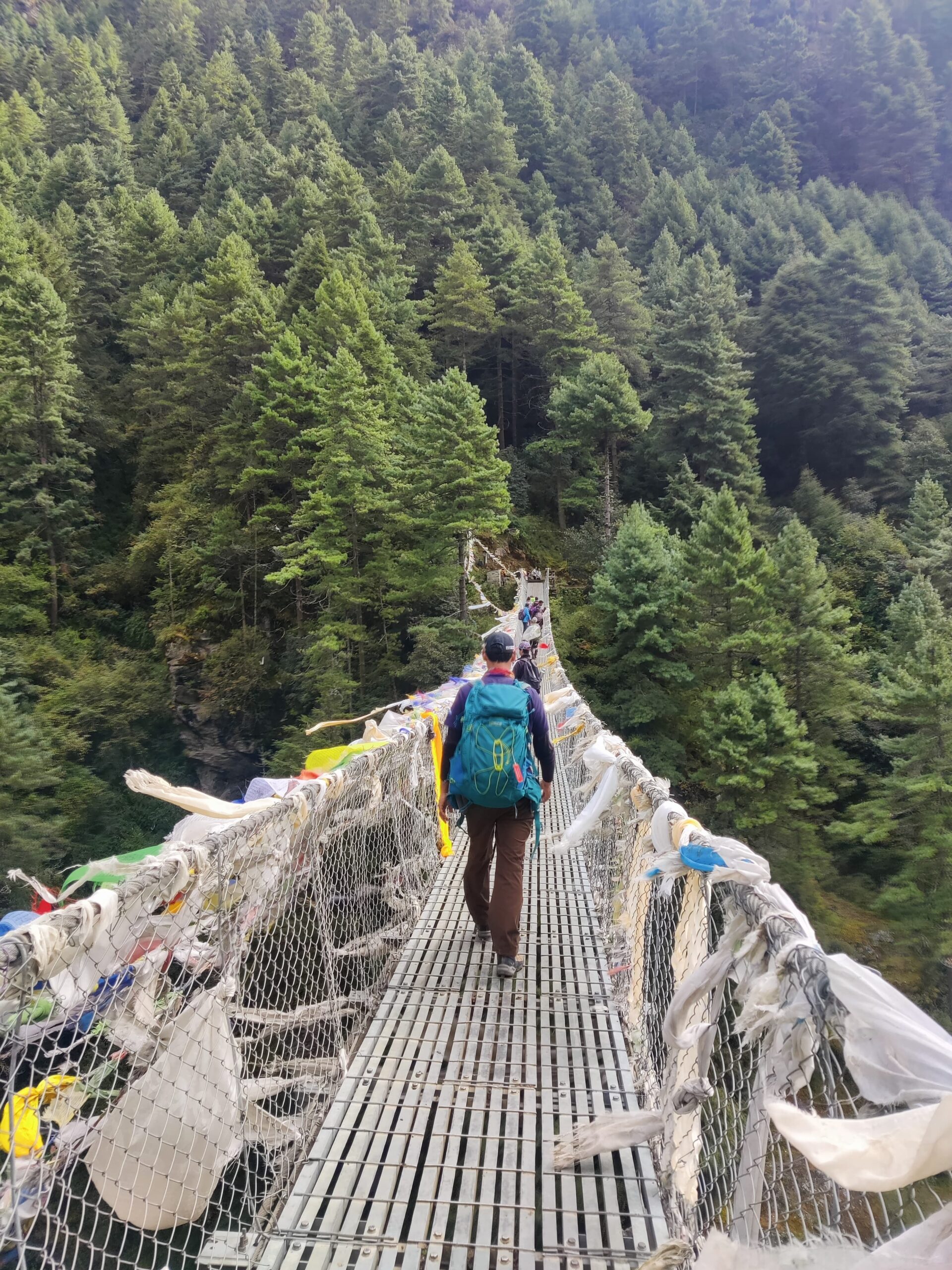

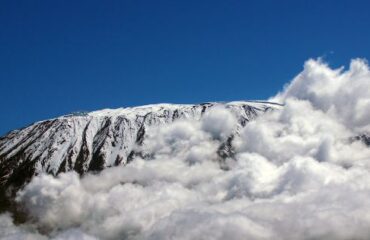

Thanks you sir you told about mountain everest